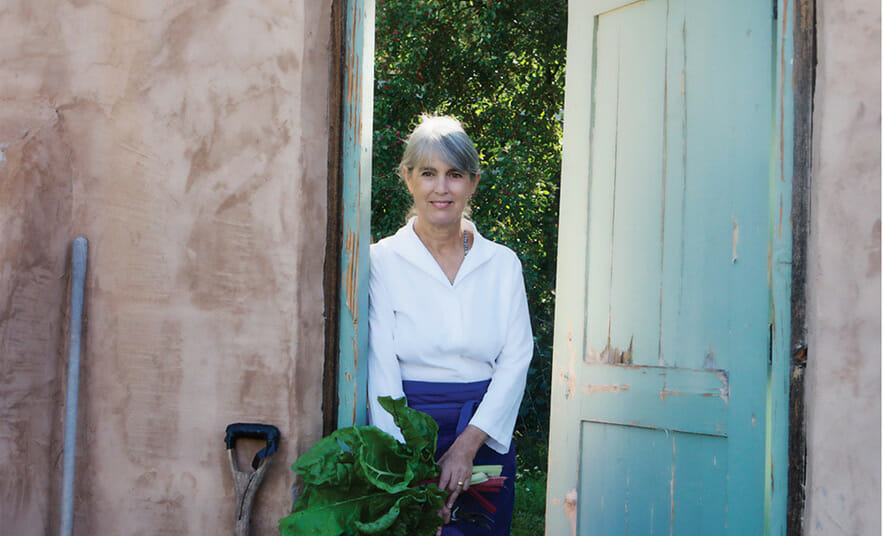Are you vegetable literate? If not, Deborah Madison ”“ author of the important classic Vegetarian Cooking for Everyone ”“ wants to change that.

In Madison’s new book, Vegetarian Literacy, she explores twelve botanical families of vegetables, giving a detailed overview for each plant, tips on how to cultivate it, and recipes for making it come to life on the plate. She covers both the familiar and the obscure – from carrots and onions to rau ram and scorzonera.
We talked to Madison about her book, exotic veggies, and what we can learn from our gardens.
Q: I spend a lot of time at farmers’ markets, and there were still so many vegetables in here I’d never heard of. What are some of your best discoveries of unusual vegetables?
A: There were many. When looking at the Knotweed Family I was excited to see rau ram. It’s often called Vietnamese coriander and tastes like a cross between cilantro and mint. If you’ve ever had a green papaya salad at a Vietnamese restaurant, rau ram is the herb they use. Cardoons were another one. They are hard to find but easy to grow. They have an artichoke taste and make for a very handsome plant with large silvery leaves. Purple Peacock broccoli is another beautiful plant. It’s a deep purple color and tastes like a cross between broccoli and kale.
Q: What’s going to be the next exotic vegetable to break big?
A: I don’t like to make predictions, but I would love to see a rediscovery of heritage squash, especially regionally. The Candy Roaster from northern Georgia is a good one. I also love Marina Di Chioggia. It’s in the butternut family. It is bizzare looking with blue-green skin and completely covered in warts. Sliced open, it’s a deep orange and has a sweet, delicate taste.
Q: One of my favorite parts of your book is “using the whole plant.” Next time I have a bunch of fennel, I plan to take your suggestion and use the hollow stem as a straw. What are some other ways of utilizing every part of our produce?
A: You can also use lovage for a straw. It was the original straw for a bloody mary. I’ve started eating bolted chard. It tastes more like wild leaves. Collard greens are another one you can eat once it has flowered and gone to seed. The spinach crown, the part that is the base of the root, can be steamed and eaten. Broccoli leaves can be cooked like kale. This wasn’t a new discovery but I always use beet greens. I never understand how people can throw them away.
Q: Conventional wisdom in recipes calls for peeling carrots before using them; you say it isn’t necessary. What else has convention wisdom got wrong?
A: I never peel carrots anymore. Why get rid of it when most of the nutrition is found in the skin? Same thing with cucumber, although they are less dynamic nutritionally, most of the nutrition they have is in the skin. I always use the fennel core. It’s a myth that you can’t use it; it’s always tender. Garden grown eggplant never needs to be salted.
Q: What’s the biggest lesson your garden has taught you?
A: Leave it alone and observe it. It’s always showing me something new.